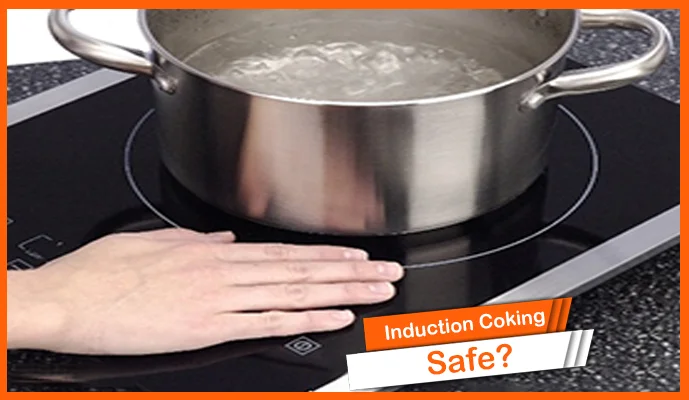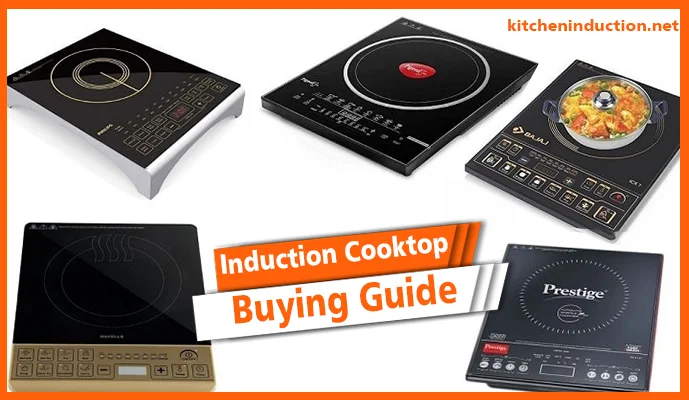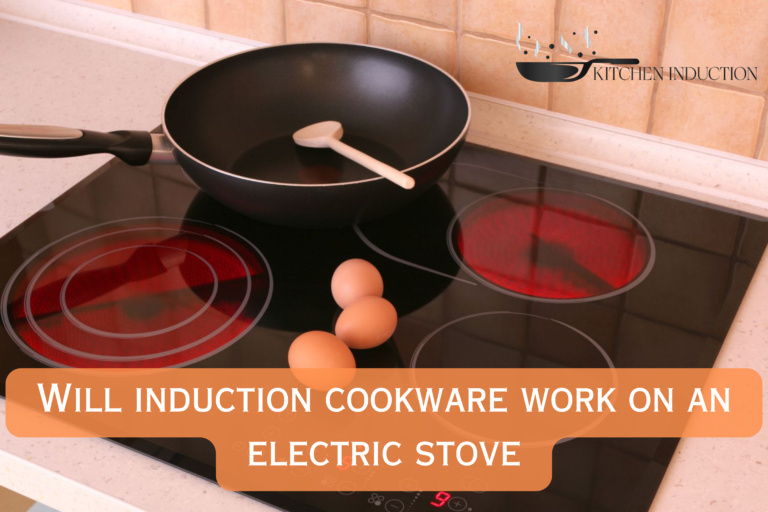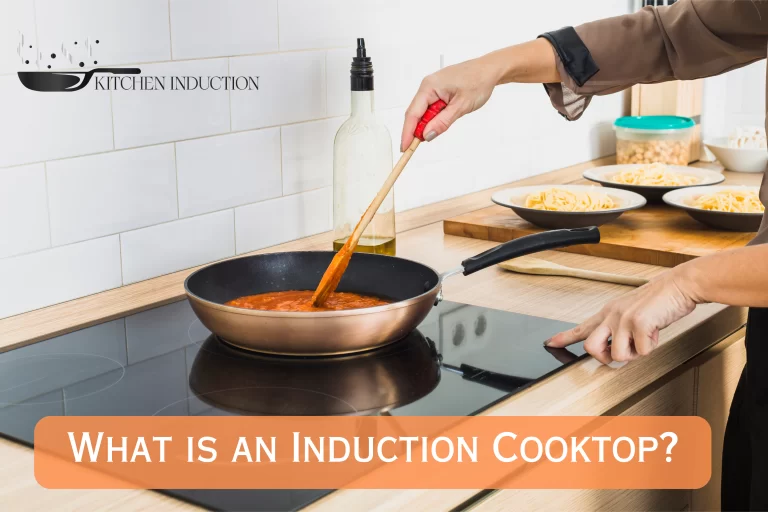Do Induction Cooktops Need Venting- Downdraft And Other Ventilation Options
Induction cooktops have made life so easy that was never before. No doubt, they are not only easy to use but cleaning them is very simple. However, when we talk about ventilation, the question arises: Do Induction Cooktops Need Venting or not. Since it is also a type of cooktop, so every common mind will think to make a proper cooking environment. If you are rice lover and looking the best rice cookers with induction heating, you need to make sure they work properly with induction hob.
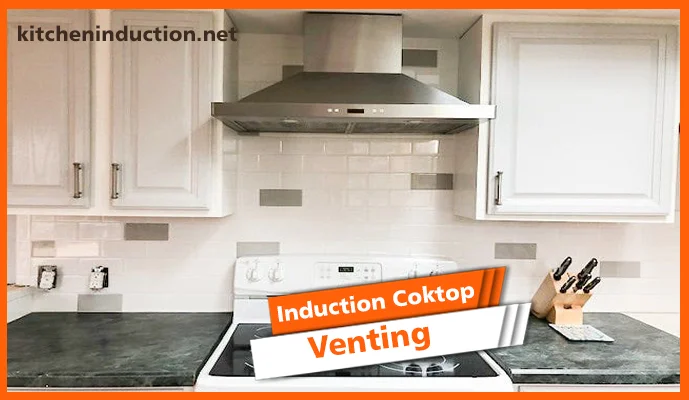
When you are in the kitchen and doing the cooking job, you are bound to be in smoke, steam, and heat. It will be everywhere in the kitchen unless vented out. All these things happen mostly in the case of gas and electric cooktops. On the other hand, you don’t really need a lot of ventilation when it comes to induction cooktops.
Contents
Do Induction Cooktops Need Venting
When you are cooking inside, you may be wondering whether the induction cooktop needs ventilation or not. You don’t need to worry about the overall safety of induction cooktops. But when you cook food in the kitchen, the smoke rising from the food spreads around very quickly. It will not be an issue if you have proper ventilation.

When it comes to induction cooktops, there is really no need for a lot of ventilation. On the other hand, you should have a proper ventilation system for electric and gas cooktops. It is because these cooktops produce a great amount of smoke that needs to be removed from the kitchen.
Actually, it depends on what type of cooking you are doing. If you fry or soar the food a lot, then there will be some amount of smoke and grease. That’s why every kitchen needs venting for air movement to remove steam, grease, smoke, and smell.
Ventilating hoods
Ventilating hoods are also available that trap and concentrate the heat. It will not only make your cooking safe but also reduce the chances of spills, falls, and fewer germs spreading around. In this way, you can make your kitchen more safe and healthy for cooking.
Furthermore, some ventilator hoods are also available that offer air purification techniques. The fan fitted inside the ventilator hood removes the dust particles and grease in the air and moves fresh air inside the kitchen. It will be a beautiful addition to the modern kitchen.
Ventilation Needs for Kitchen
Ventilator hoods make your kitchen’s environment healthier, fresher, and cleaner. Installing a ventilator hood in the kitchen will add a sophisticated vibe to your home and make your kitchen more modern. Additionally, the smooth finish will make it visually appealing.
The question is, how many ventilation units do you need in your kitchen? Basically, it depends on the size and the space in the kitchen. As a general consensus, the cooktops that are positioned against the wall require 40 to 100 CFM for each foot. However, if we talk about island cooktops, they require more from 50 to 150 CFM.
Overall, the cooktop’s location and the kitchen’s size determine how much ventilation you need. It is a recommendation from the appliance maker trade association that the venting capabilities should be 250 CFM for a 30-inch wall. However, it is better to adjust it according to the location of the cooktop and the space.
Ventilation Options to Use in the Kitchen
Before making a final decision for the ventilation option, you need to consider several factors. The most important factor is the governments’ special code requirement for homes and buildings. In some cases, you need to use ducts and not exhaust the air outside. Furthermore, there may be codes for specific materials to create venting ducts. The most common material used for ducts is copper, galvanized steel, and stainless steel.
Here are some most common ventilation hoods that you can choose ever.
Wall-mounted Hoods
It is the most common type of ducted hood that is commonly used around the world. They exhaust the air very well, and you can install them horizontally or vertically according to your kitchen’s design. Also, there are some types available that you can hide behind the racks.
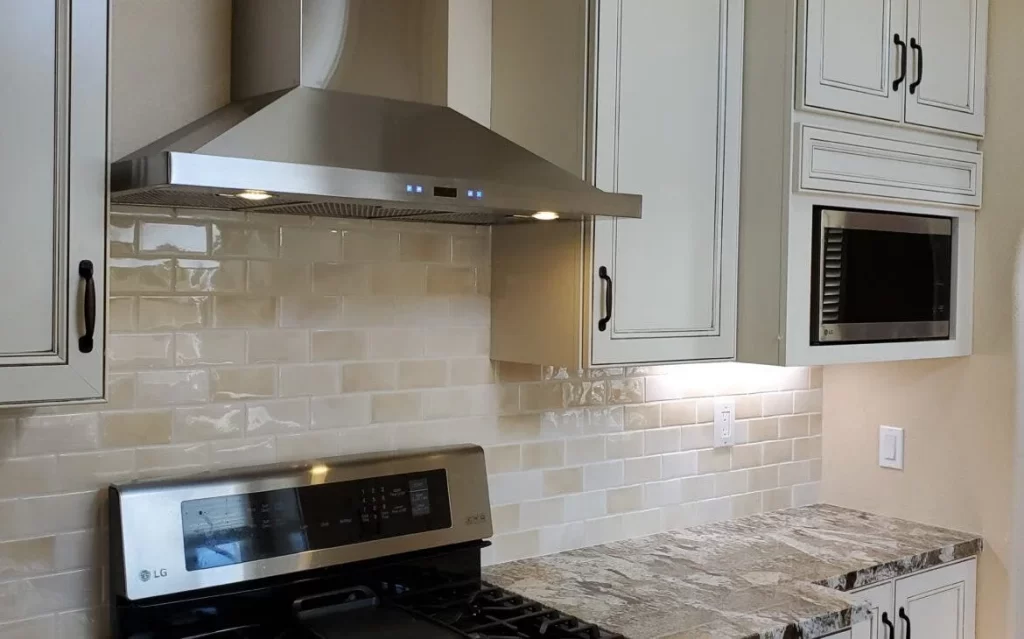
These hoods have very strong centrifugal exhaust fans that work brilliantly well. There are many designs and sizes are available according to your kitchen’s design and budget. You can choose what you can afford and not heavier on your pocket.
Under Cabinet Hoods
Such cooktops are designed for cabinets that are above the cooktop. They are installed under the cabinets and available both with ducts and without ducts. If you get it with the duct, you need to pass it through the cabinet or wall on the back (if the wall is outside).
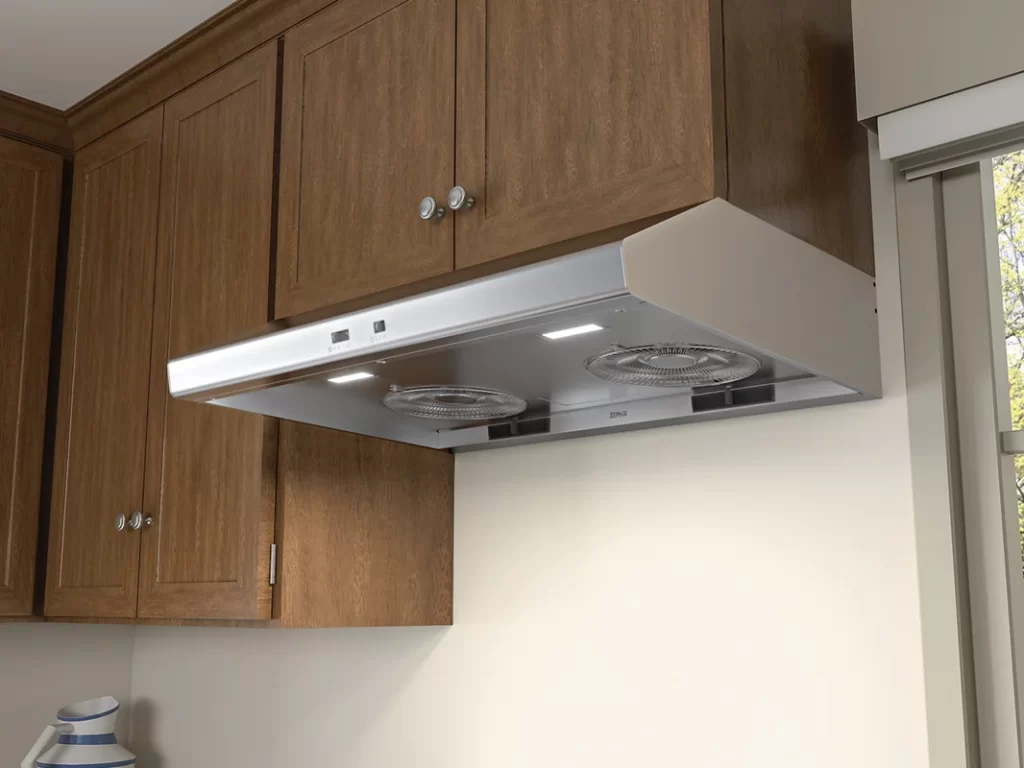
However, if we compare duct and ductless systems, it is worth mentioning that ductless systems are not quite effective. They recirculate the air and make your kitchen messier. SO, always try to get cabinet hoods with ducts as they are space-saving and quite effective.
Ceiling Mounted Hoods
You need this type of hood when the cooktop is in the center, and there is no wall near. Usually, it is made for peninsular or island cooktops that are installed in the center of the kitchen. These hoods are a bit expensive, and their installation is quite tricky.

Using these free hoods, you can adjust them at a perfect height depending on how much space you need to avoid view blockage. Here it is crucial to mention that the higher the vent from the cooktop’s surface, the more powerful venting.
Don’t prefer the flat fans as they are not powerful centrifugal fan. Actually, these flat fans are not good for exhausting and suctioning cooking grease and smells.
Downdraft Ventilation
Usually, there are two types of downdraft ventilation. One of them is installed alongside the cooktop and pops up when you turn them on. When you are not using them, they will be out of view, beside or behind the stove.
On the other hand, the next design is between the burner and the center of the stove. The basement fans are powerful and more quitter. However, they are quite expensive and need a large investment.

In reality, the downdrafts are not designed to remove grease, steam, smoke, or odors. Pulling the air down is not easy as compared to pulling air upwards. Using these downward fans, there can be some smoke that can manage to get upwards.
These types of hoods come with both ducts and without ducts. The ducts are installed beneath the floor and exhausted outside. The downfall of these hoods is they take a lot of space, and it is tricky to manipulate cooking on the cooktop.
Final Words
The wall-mounted hoods are the best option for ventilation in terms of durability and power. It is ideal to get a ducted range and try to install it by a professional. It’s a timely investment and makes your kitchen life more comfortable.
You can add more advanced features in the hood like heat sensors, automatic shutoff, filter change indicators, and sensors to adjust the blower’s speed. Before installing the hood, keep in mind all the local laws and then go for an option.
We hope you have got all the answers about Do Induction Cooktops Need Venting or not. Reading this article, you have got an idea of what type of ventilation system is best for your kitchen and whether you need one in your kitchen or not. Installing a ventilation hood will provide comfortable cooking space and make sure clean and healthy air in the kitchen all the time.

